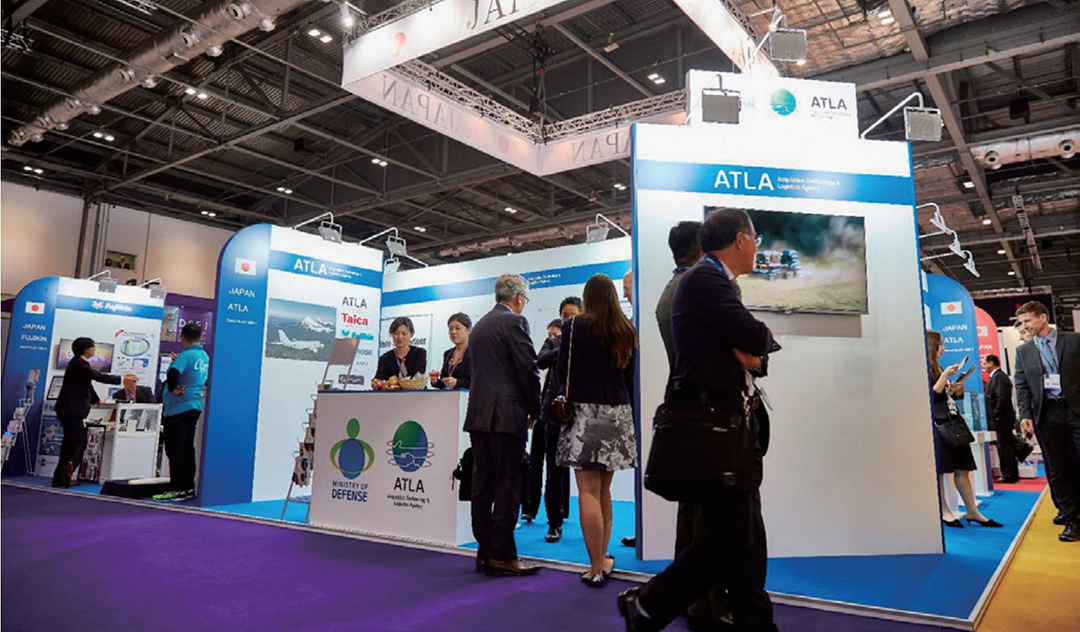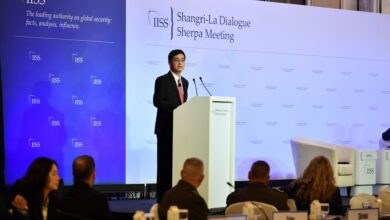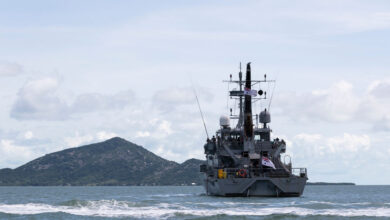Robotics, AI augment Japan’s defenses

Felix Kim
As Japan’s working age population decreases, Japan’s Self-Defense Forces are turning to robots and artificial intelligence (AI) to keep the country safe in the face of potential personnel shortages.
“With a rapidly aging population, Japan will soon find itself in the middle of a huge labor shortage across all markets,” Nicolas Chow Chin Sung, a Tokyo-based robotics consultant told FORUM. “Part of this solution is automating processes and tasks, which can be solved with robotic technology.”
Surveillance and monitoring, he said, are a “clear focus when it comes to robotics and AI combined.”
The growing role of robotics and AI in Japan’s military owes much to the government’s Acquisition, Technology and Logistics Agency (ATLA). Maritime Self-Defense Force Chief of Staff Adm. Yutaka Murakawa characterized the research and development underway at ATLA as a “game changer” in his 2019 New Year’s address.
“AI has become a huge topic in Japan,” Chow said. “Every new startup involved in commercial, industrial or military-grade technology applications has some aspect of AI to help with interpreting the data that is collected.”
ATLA is working with Japan’s Hitachi Global to develop an AI system that analyzes data from Japanese ships at sea and compares it with data from satellites and radar to determine size, speed, location and navigation of suspect vessels, reported Singapore’s Straits Timesnewspaper. If a vessel poses a threat, the military could dispatch helicopters, patrol boats and — if necessary — destroyers to warn or intercept it. Plans call for the system to be ready in 2021.
Japan’s Ministry of Defense plans to use AI to manage the public records of 60 separate business operation systems, beginning in 2021, reported The Japan Timesnewspaper. The new system will use AI algorithms to generate “smart” searches within disparate data sets to find all records that relate to the given search terms, eliminating the need to conduct several searches in different databases. It promises to be faster, more accurate and require fewer people to operate than systems in use today.
“Automation has played a key role in the development of the Japan we know today,” added Chow. “With the possibility of threats from the mainland Asian countries, Japan is looking to increase surveillance in areas where a physical presence can be difficult to maintain. So, the technology has turned to drones and UAVs [unmanned aerial vehicles] to perform these types of tasks.”
Plans were announced by Japan’s Defense Ministry in 2016 for ATLA’s development of a surveillance drone, a fighter drone and a missile defense drone to be in the air within the next two decades. These would be highly sophisticated autonomous aircraft capable of tracking and striking targets with minimal human intervention. In the meantime, Tokyo is awaiting delivery of three Northrop Grumman RQ-4 Global Hawk drones from the U.S. for military surveillance over the Senkaku Islands and elsewhere, as well as for monitoring natural disasters, according to its latest defense white paper. (Pictured: Representatives of ATLA display Japan’s innovations at a conference in the United Kingdom.)
ATLA is also developing the high-mobility powered suit, a wearable robot for Soldiers, and the multipurpose autonomous robot vehicle, an experimental unmanned military car.
“In general, many AI and robotic applications tend to support or facilitate current activities,” Chow concluded, “but the technologies have huge possibilities and huge implication for the future.”
Felix Kim is a FORUM contributor reporting from Seoul, South Korea.




